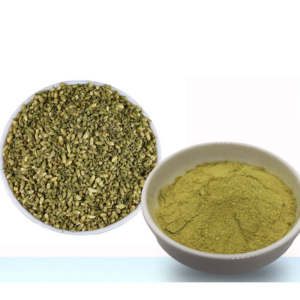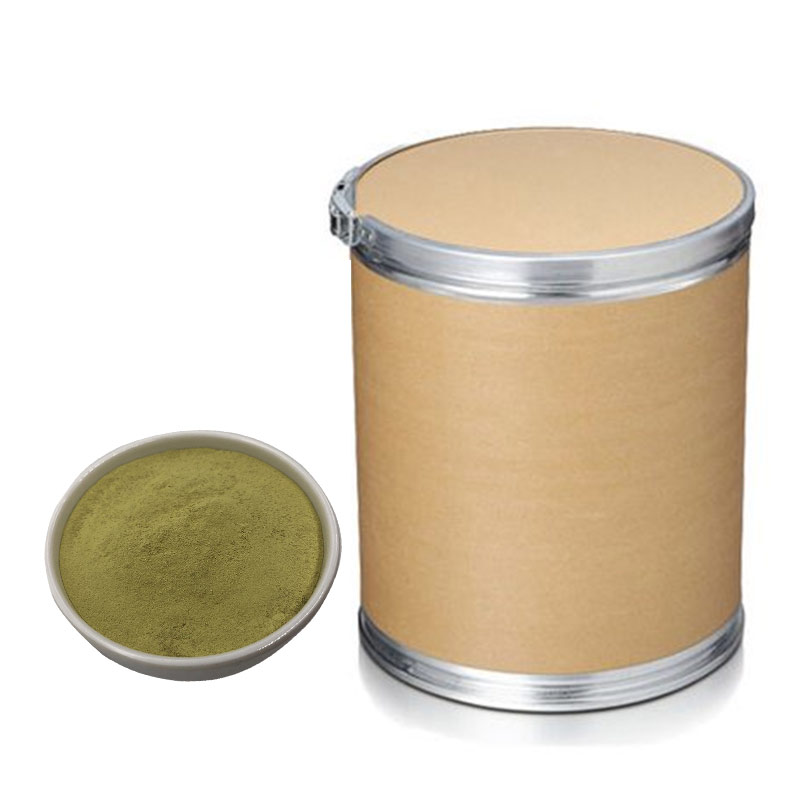Rutin NF11
-Plant extracts
Product information

| Name | Baisfu Rutin NF11 |
| CAS | 153-18-4 |
| Molecular formula | C27H30O16 |
| Molecular weight | 610.52 |
| EINECS NO. | 205-814-1 |
| Melting point | 195 °C (dec.)(lit.) |
| Boiling point | 576.13°C (rough estimate) |
| Specific rotation | D23 +13.82° (ethanol); D23 -39.43° (pyridine) |
| Density | 1.3881 (rough estimate) |
| Storage condition | Keep in dark place,Sealed in dry,2-8°C |
| Acidity coefficient (pKa) | 6.17±0.40(Predicted) |
| Color | Yellow to green |
| Form | Powder |
| Stability | Hygroscopicity |
Intro
Rutin NF11 is a flavonol compound quercetin rutin, which is a kind of flavonoid compound extracted from plants.
It exists in rutin, Tartary buckwheat, locust tree bud, sorbus leaf, tomato stem, leaf and seed shell, etc.
About 3% of dried buckwheat when it is about to bloom, jujube, hawthorn, ginkgo biloba, Chinese medlar, mother wort, bupleurum, summer hay, aloe vera, and giblet.
In the flower bud of Sophora sophora, the content of rutin can reach more than 20%, and rutin can decomposed by water when it meets strong acidity and alkalinity.
It is unstable in color in alkaline foods and has antioxidant capacity.
Ethanol can improve the light resistance of the pigment preparation, prevent the gradual disappearance or change of fragrance.
And can improve its antioxidant capacity when combined with vitamin E.
Chemical property
Small yellow acicular crystal (from crystal).
The color darkens in light. It has a bitter taste. Melting point 177 ~ 178℃. When dried at 95 ~ 97℃, two molecules of crystalline water are formed.
After drying at 110℃ under vacuum (1.33×103Pa) for 12h, anhydrous substance formed.
Anhydrous substance is easy to delix, melting point 190 ~ 192℃, can absorb 2.5 molecules of water in the atmosphere.
The solubility is 0.012% in cold water and 5% in hot water. Slightly soluble in ethanol.
It has the function of normalizing blood vessel walls in animals.
It prevents hardening of the arteries. Together with hesperidin and sericin, it acts as a vitamin P.
It exists in rue, buckwheat, locust tree buds, tobacco leaves, catalpa leaves, tomato stems and leaves, etc. Dry cultured wheat about 3% when it is about to bloom.


